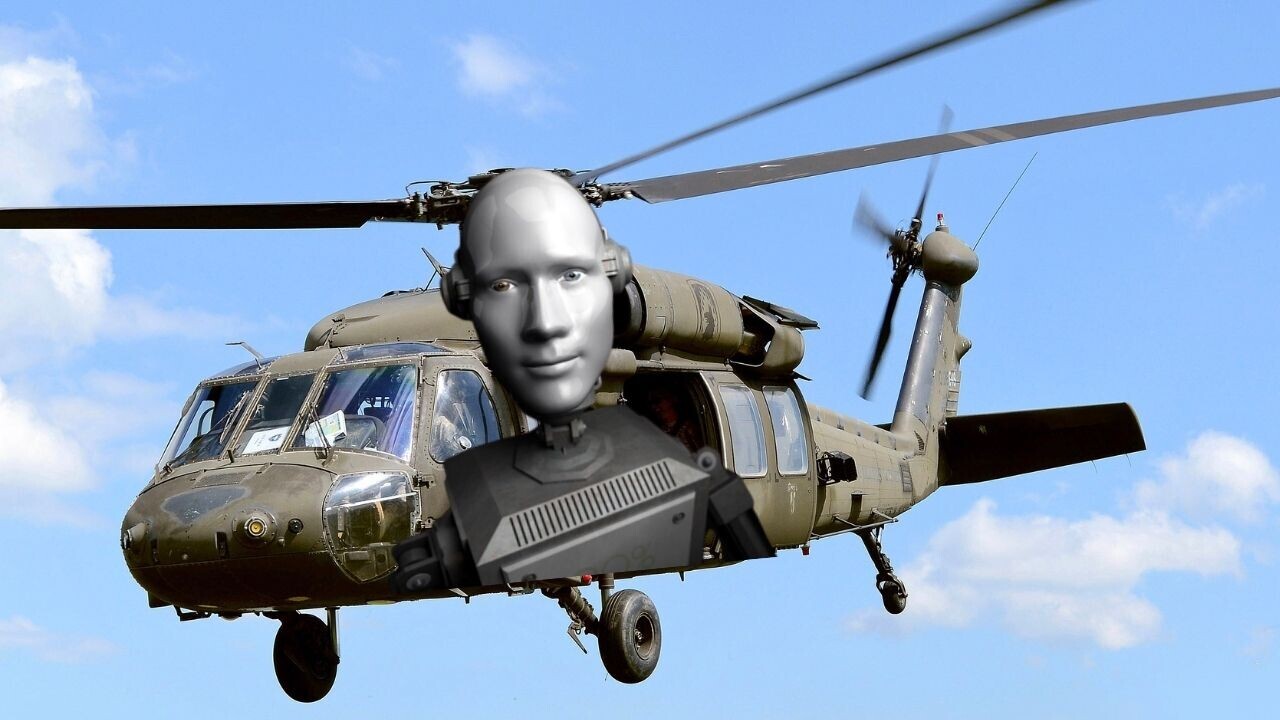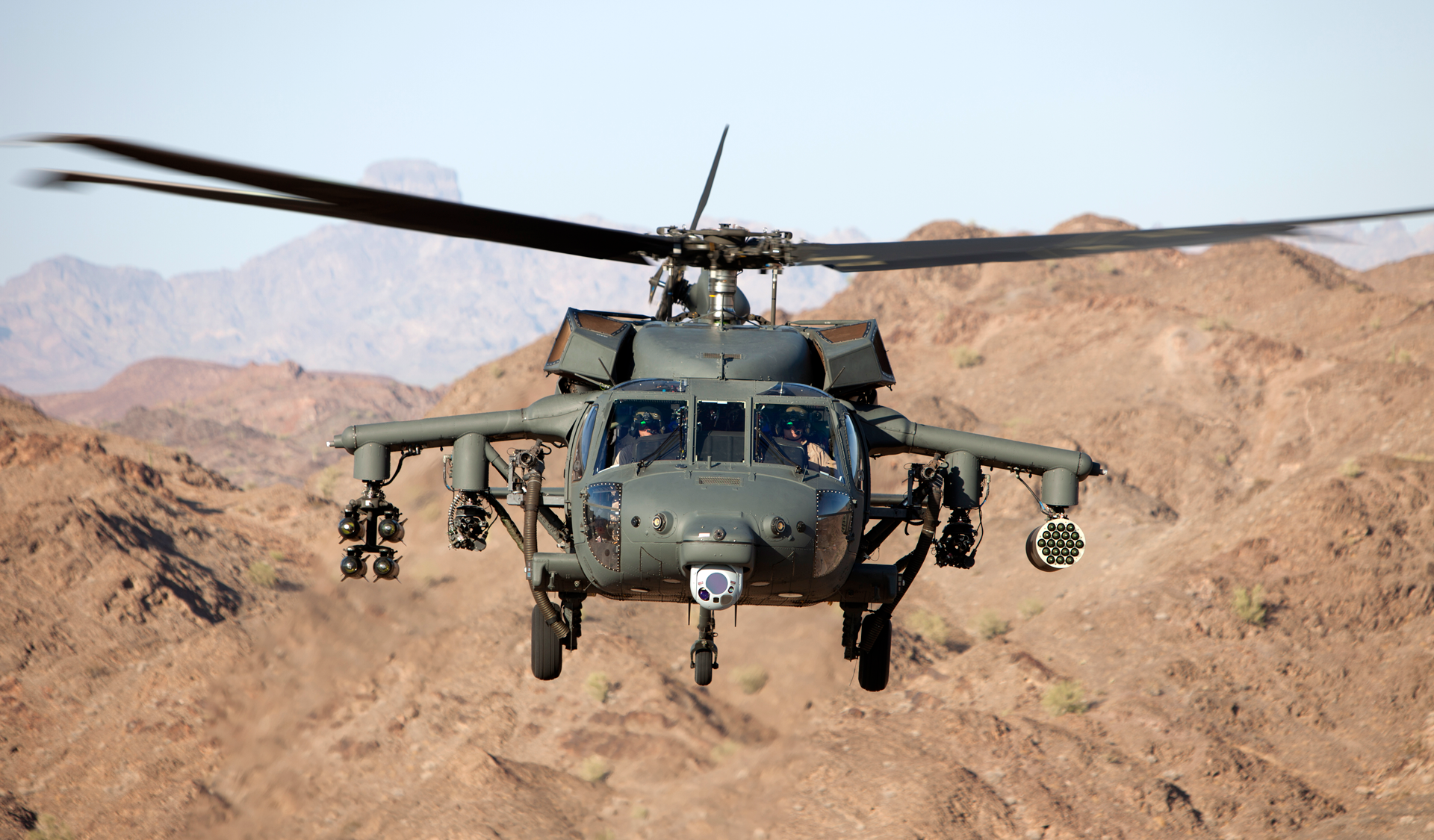Learn more about the Piloting and Training Required for Operating a Blackhawk Helicopter
Learn more about the Piloting and Training Required for Operating a Blackhawk Helicopter
Blog Article
Introducing the Power and Adaptability of the Blackhawk Helicopter
The Blackhawk helicopter stands as a testament to engineering excellence and armed forces innovation, considerably shaping the landscape of modern-day aerial procedures. As we discover its history and operational abilities, one must consider just how the Blackhawk continues to influence modern fight methods and altruistic efforts alike.
History of the Blackhawk
The background of the Blackhawk helicopter is marked by substantial technical improvements and a calculated development in army aeronautics. Developed in the late 1960s by Sikorsky Aircraft, the UH-60 Blackhawk was originally conceived to replace the older UH-1 Iroquois, typically called the "Huey." The Blackhawk's very first flight happened in 1974, and it was formally presented to the united state Military in 1979.


This airplane was created to meet the demanding needs of contemporary war, focusing on speed, resilience, and adaptability (Blackhawk Helicopter). Its ability to run in various environments, combined with advanced avionics and design functions, quickly developed the Blackhawk as a crucial property for military procedures worldwide
Throughout the 1980s and 1990s, the Blackhawk saw substantial use in different problems, including the Gulf War and altruistic goals. Today, the Blackhawk continues to be an iconic sign of armed forces aeronautics, continuously fine-tuned to meet contemporary challenges.
Trick Attributes and Requirements
Blackhawk helicopters are renowned for their design quality and functional versatility, boasting a variety of key features and specifications that improve their efficiency in different army roles. Among the most significant qualities is their dual-engine setup, normally powered by the T700-GE-701C engines, which give remarkable reliability and performance. The helicopter has an optimum cruise ship rate of around 150 knots and a solution ceiling of approximately 20,000 feet, allowing it to run efficiently in diverse environments.
The Blackhawk's airframe is constructed from advanced composite products and aluminum alloys, guaranteeing a durable framework while minimizing weight. It features a completely verbalized blades system that gives superior agility and security. The helicopter can suit as much as 11 battle soldiers or bring approximately 8,000 pounds of external cargo, making it highly versatile for numerous missions.
In Addition, the Blackhawk is outfitted with advanced avionics and interaction systems, boosting situational understanding and mission control. Its capacity to run in adverse weather, integrated with its reduced acoustic trademark, makes it a stealthy choice for tactical procedures. On the whole, these attributes contribute to the Blackhawk's online reputation as a foundation of modern army aviation.
Versatile Operational Responsibilities
Popular for their design quality and advanced capacities, Blackhawk helicopters serve a multitude of functional functions within military frameworks. Originally created for army transportation, their versatility has broadened, allowing them to perform different missions successfully.
Among the main functions of the Blackhawk is as an energy helicopter, promoting logistical assistance by carrying employees and materials to and from remote places. Furthermore, they stand out in clinical evacuation (MEDEVAC) procedures, geared up with innovative medical devices and workers to provide important care in the field.
In battle scenarios, Blackhawks can run as armed companion systems, supporting ground forces by engaging enemy assets while guaranteeing troop safety. Their capability for special procedures makes them crucial; they can conduct reconnaissance objectives, personnel recuperation, and direct action raids, often in high-threat environments.
Additionally, the Blackhawk's flexibility allows it to support altruistic missions and catastrophe action efforts, providing aid and essential services in times of dilemma. This broad range of functional functions demonstrates the Blackhawk helicopter's unrivaled adaptability, reaffirming its condition as an important asset in modern armed forces operations worldwide.
Technical Technologies
Various technological innovations add to the Blackhawk helicopter's extraordinary performance and flexibility in varied operational atmospheres. One of the most significant improvements is its composite rotor blades, which boost lift and ability to move while minimizing weight and maintenance demands. The rotor system uses sophisticated products that boost sturdiness and withstand environmental destruction, making certain dependable procedure in extreme problems.
Additionally, the Blackhawk is equipped with a state-of-the-art avionics collection that incorporates innovative navigating and interaction systems - Blackhawk Helicopter. This consists of GPS, radar, and multi-function display screens that promote real-time situational understanding for pilots, adding to goal success under difficult scenarios
Furthermore, the helicopter's fly-by-wire control system you can try these out allows for specific handling and enhanced responsiveness, giving pilots with improved control during complicated maneuvers. The incorporation of innovative engine technology, such as the T700-GE-701C engine, further improves performance, offering raised power result and gas performance.
Finally, modular layout principles allow rapid reconfiguration for various objectives, from army transportation to medical discharge, making the Blackhawk a flexible property in military and altruistic procedures. These technical advancements jointly make sure that the Blackhawk remains an awesome visibility overhead.
Influence On Modern War

Outfitted with advanced avionics and interaction systems, the Blackhawk allows seamless control amongst ground and air units, guaranteeing accurate and timely feedback to dynamic battle situations. Its versatility enables for quick release in diverse settings, from city settings to tough surfaces, showing the multifaceted nature of modern war.
Additionally, the Blackhawk's premium speed and dexterity promote fast insertion and removal of personnel, decreasing direct exposure to adversary fire. Its ability to operate in hostile problems, combined with sophisticated defensive steps, enhances survivability and mission success prices.
As modern conflicts significantly rely on joint operations and quick feedback, the Blackhawk helicopter remains at the forefront of military technique, symbolizing the development of air mobility and the crucial duty of air power in achieving tactical objectives. Its effect on modern-day warfare proceeds to redefine the capacities of militaries around visit their website the world.

Verdict
In final thought, the Blackhawk helicopter exhibits the intersection of innovative design and operational flexibility, solidifying its condition as a cornerstone of modern military aeronautics. Its historic significance, amazing functions, and adaptability throughout various goal profiles underscore its important function in contemporary warfare. As technical innovations remain to improve its capacities, the Blackhawk stays a vital asset for militaries globally, demonstrating unmatched efficiency in both fight and humanitarian operations.
The Blackhawk helicopter stands as a testament to engineering excellence and army innovation, significantly shaping the landscape of modern-day airborne procedures.The history of the Blackhawk helicopter is marked by considerable technological advancements and a tactical evolution in military aviation.Blackhawk helicopters are renowned for their design quality and operational adaptability, flaunting a variety of essential attributes and requirements that enhance their efficiency in various army duties.Countless technical technologies add to the Blackhawk helicopter's outstanding performance and adaptability in varied operational environments.In final thought, the Blackhawk helicopter exhibits the crossway of innovative engineering and navigate to this site operational flexibility, solidifying its condition as a cornerstone of contemporary armed forces air travel.
Report this page